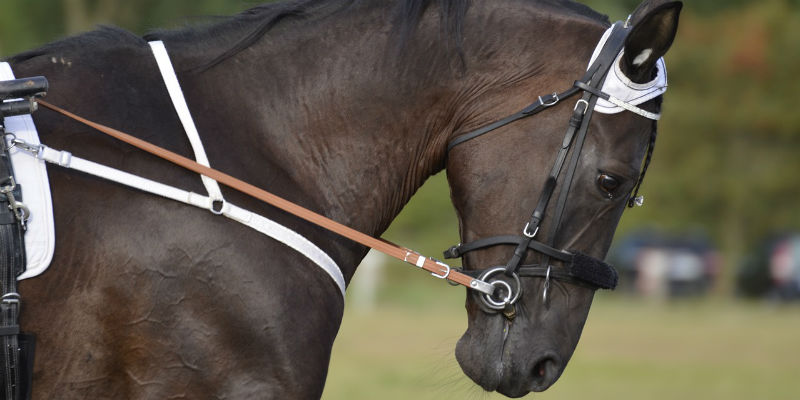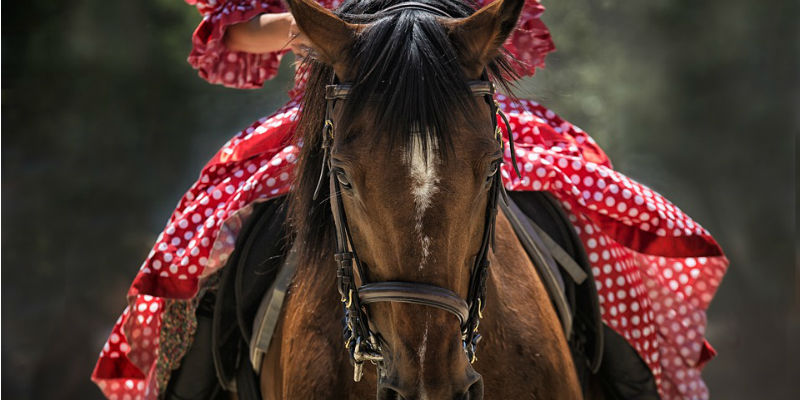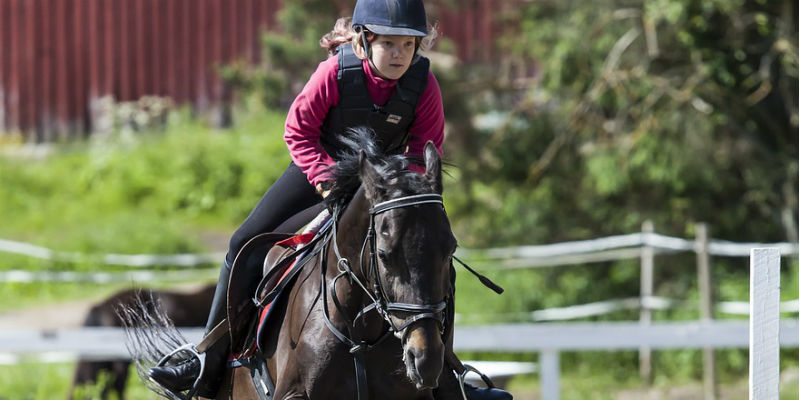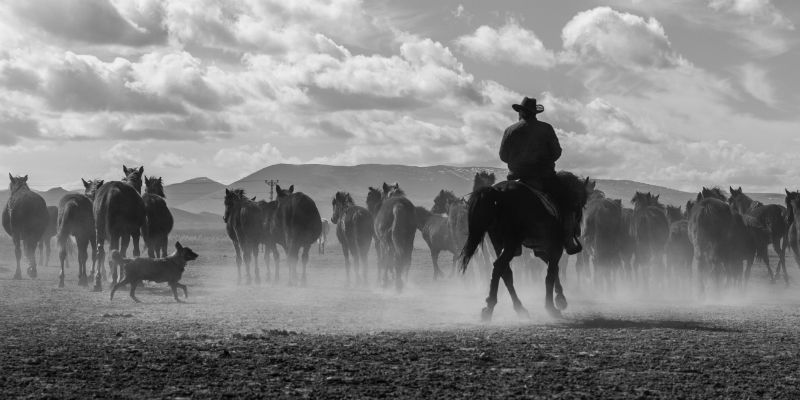What is Horse Reining?
Horse reining is common in the world of Western horse training. In horse reining, the horses go through a precise pattern of circles, spins, and stops. All work is done at the lope, or the gallop. This form of riding originated from working with cattle. Reining is a Western version of dressage, as it requires the horse to be in sync with the rider. In horse reining, your aids should not be easily seen. Also, your horse is judged on its ability to perform spinning and stopping movement patterns.
But how do you get your horse to move in a specific way? Your horse needs to figure out that it will get freedom when he moves his neck and head away from the pressure of the rein. This is guaranteed to get a correct response, the desired movement, from your horse. Though it is not easy and takes a lot of practice. You will repeat the process of applying neck pressure and then softening it many times before everything is said and done. Patience is key on those long training days in the saddle.
Be cautious when applying neck pressure to your horse. If you neck rein too hard, your horse will counter bend his head to the outside. This can irritate and damage your horse’s neck muscles. Avoid this by using the direct rein in the initial stages to guide the horse’s nose away from outside rein pressure. Remember to release both the direct and neck rein when you get the correct response from your horse. A horse with a good handle, who is light and responsive to the neck rein’s slightest pressure, is a joy to ride. Looking for a horse property for sale in Colorado? Contact one of our horse-person realtors at Colorado Horse Property.










